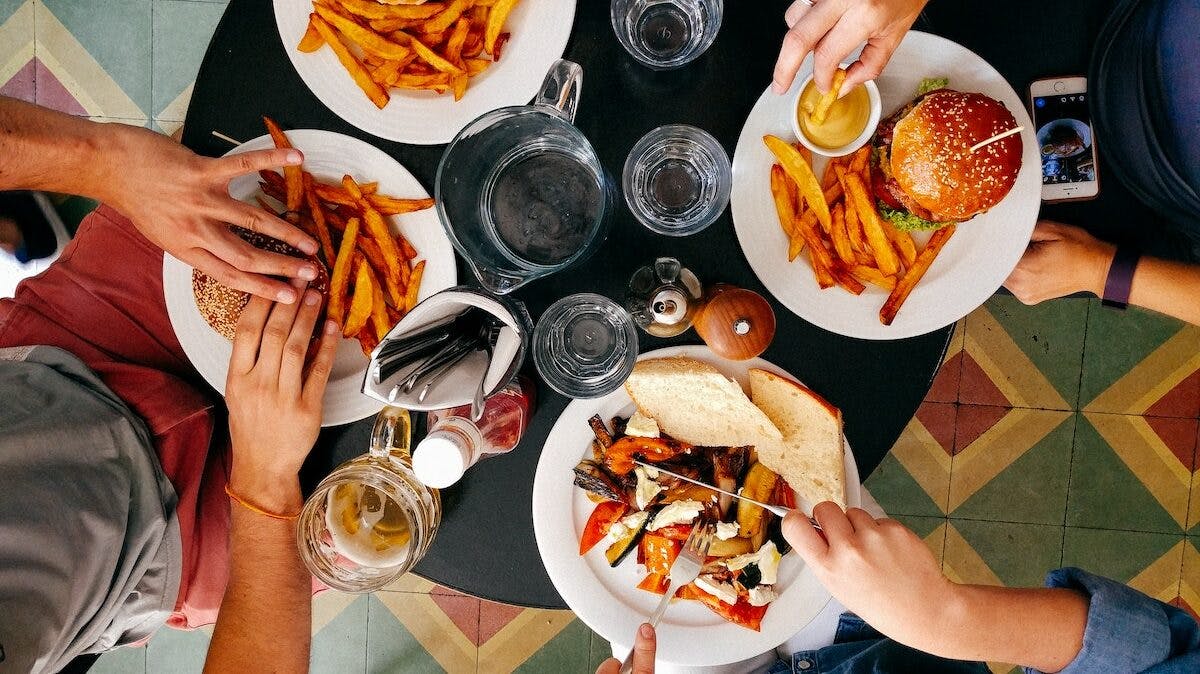Mark Calabro, co founder of Australian based hopso tech company HungryHungry, talks about the tech-driven change being seen in the hospitality sector.
Australia’s dining scene, as with a lot of western nations, has primarily been a low-tech, high-service one. Many restaurants that have been innovative in the kitchen have historically lagged in updating their backend operations; one unexpected upside of the COVID-19 lockdowns has been a shift towards technology to improve both the customer experience and venue operations.
As the uptake of technology in the hospitality sector increases and the industry’s understanding of its customers improves, these deeper insights into diner behaviour are likely to shape food and dining trends into the future. Responsible use of customer data can therefore help with personalisation to add value to the dining experience.
Here’s how I see technology assisting with personalisation.
1. Formulating curated menus
When we first started HungryHungry, venues were quite sceptical about the value of digital menus and functions such as ordering at-table. Fast-forward through a pandemic and it’s now second nature for customers to scroll on a screen to view a menu and use platforms to place an order. What this means for venues is a more nuanced understanding of customer browsing and ordering that could potentially be personalised if the customer consents.
This could mean everything from offering recommendations or specials – a curated menu –based on previously ordered meals if the customer is known to the venue or using aggregated data to create lookalike customer segments so that certain choices may prompt certain suggestions, for example, ‘customers who ordered this main enjoyed this side’. Restaurants could also curate suggestions based on expertise, for instance, ‘this dessert pairs well with this wine’.
ALSO READ – The pandemic has given businesses a new standard for customer engagement
2. Addressing dietary requirements
As a society we’re becoming more aware of dietary restrictions, and because they occur across multiple demographics, any way in which a venue can help diners filter the menu will endear them in tricky dining situations. Technology can help venues categorise menu items so that a vegan with a nut allergy can see at a glance whether there’s something suitable to eat on your menu, and whether their pregnant kosher friend can dine there too.
Giving the customer the ability to include or exclude certain ingredients, foods or beverages based on their dietary requirements, whether due to pregnancy, allergies or intolerances, religious or ethical reasons or special circumstances, helps the venue too. Restaurants may find that they are catering well to a certain segment of diners or conversely notice a gap that they can seek to fill to meet diners’ needs.
3. Fostering loyalty
Loyalty has been a tough area to crack in the industry. Most loyalty systems are pretty simple: a lot of cafes use a ‘buy # number of coffees, get your next one free’ incentive. This works for low cost, frequently bought items but can be hard to scale for restaurant-tier venues where personalisation would be more effective.
Data can help the hospitality sector understand what motivates diner behaviour so they can encourage repeat custom. For example, a venue may already be the customer’s favourite restaurant but perhaps you want to incentivise a higher frequency of visits or a higher number of diners per visit with a special offer tailored to that customer. Or if you own a group of restaurants, you could cross-promote different venues through a shared loyalty platform.
ALSO READ – How Australian retailers are reimagining customer experience
4. Targeted marketing
Technology can also help with targeted marketing campaigns. We have already seen this with retail (‘customers who bought this item also bought…’) and before long we will see lookalike segmentation with dining (‘people who ordered this meal at this establishment also liked…’).
In time I expect we will also have enough insight to anticipate customer intention, for example, the data might show that most Friday nights a customer tends to look for group dining options at venues that have an extensive cocktail menu and open late whereas on Monday nights they are more likely to search for and order healthy takeout. Being able to anticipate these tendencies can give venues the edge when running marketing campaigns.
With greater visibility of diners comes greater responsibility for venues to serve them better and I believe with technology we now have the opportunity to use data to enhance the experience for both merchant and customer.
Keep up to date with our stories on LinkedIn, Twitter, Facebook and Instagram

